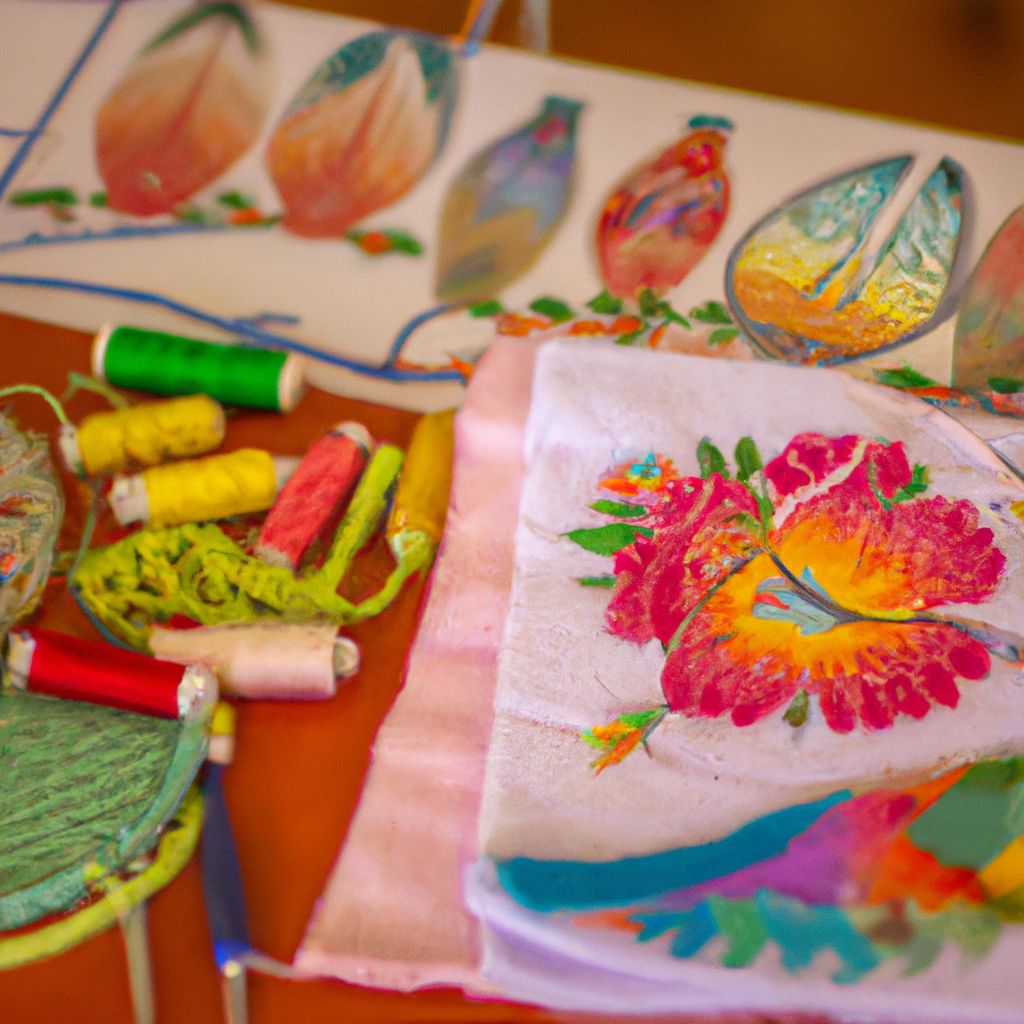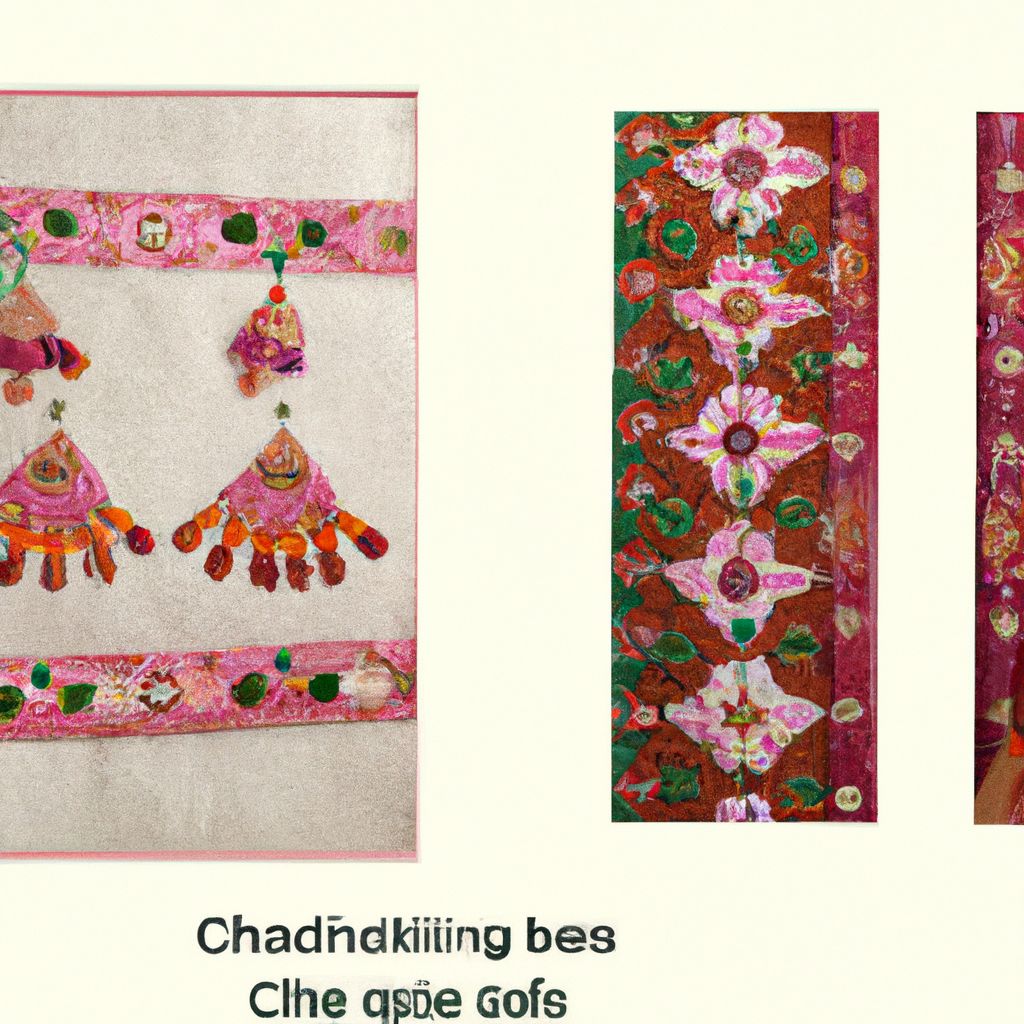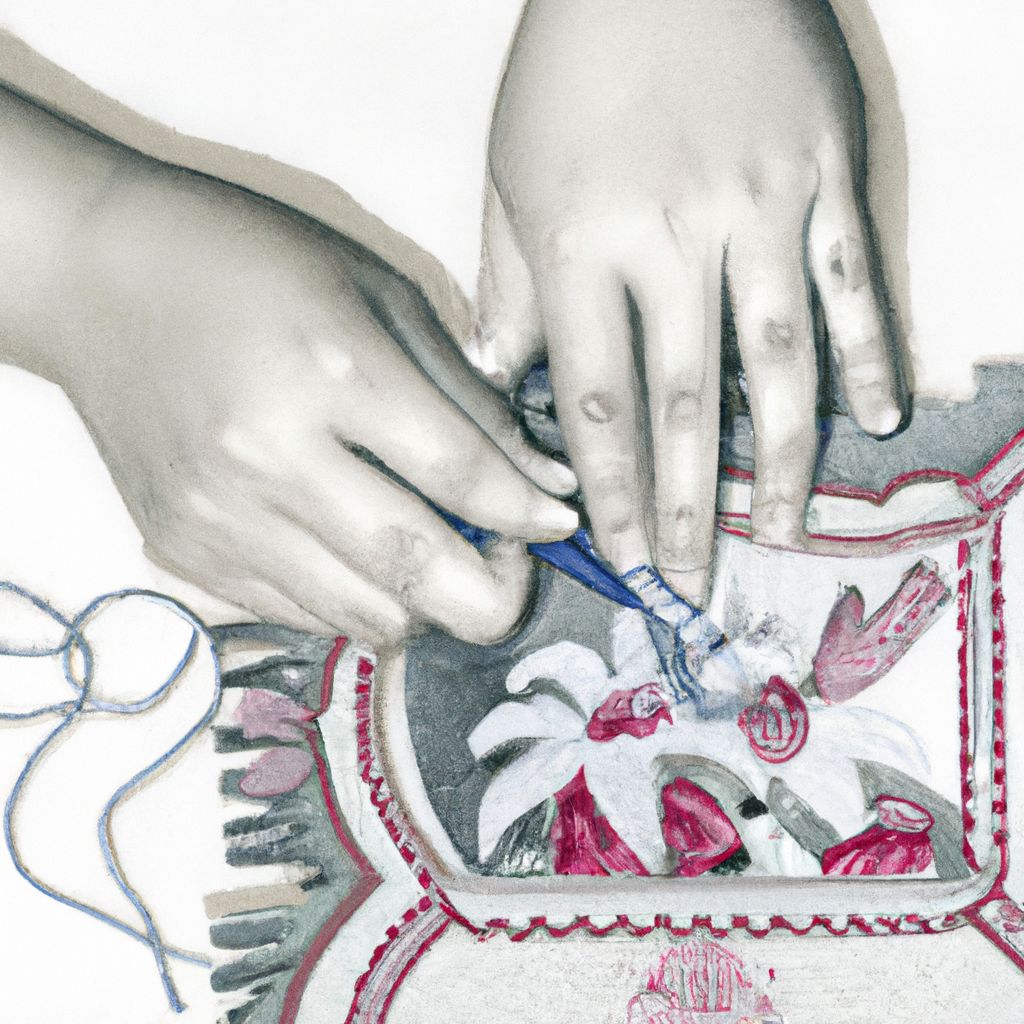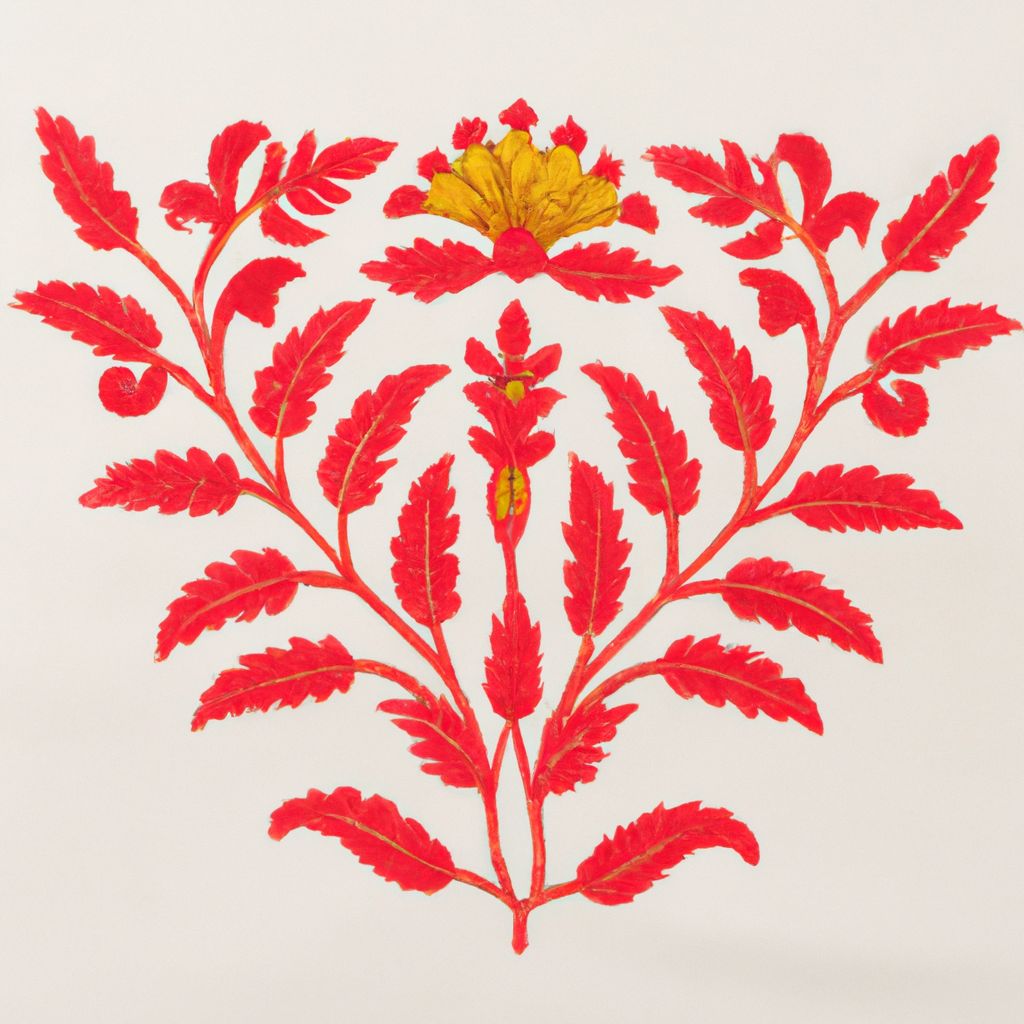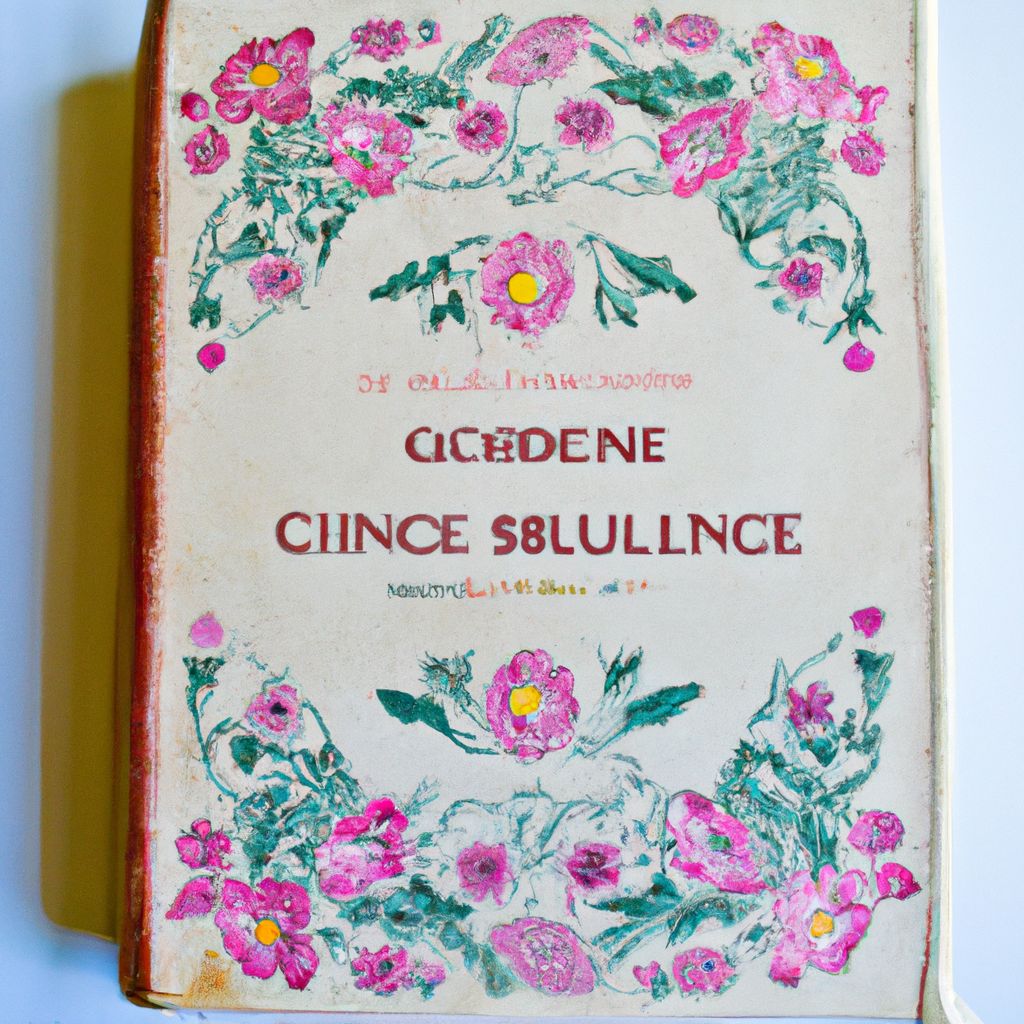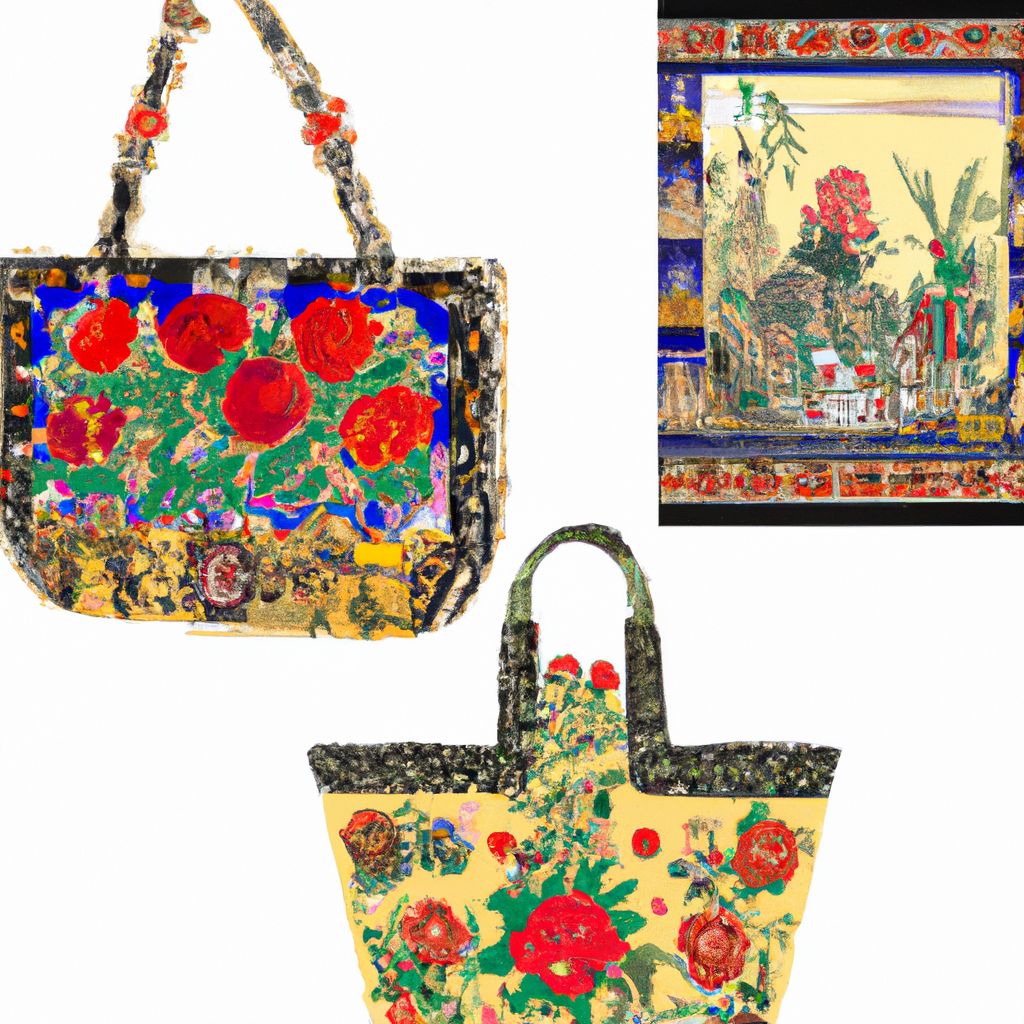- Introduction to Embroidery Materials
- Types of Embroidery Materials
- Choosing the Right Embroidery Thread
- Selecting the Appropriate Fabric
- Picking the Right Needle and Hoop
- Other Essential Embroidery Tools
- Buying Tips for Embroidery Materials
- Conclusion: The Impact of Quality Materials on Your Embroidery
Introduction to Embroidery Materials
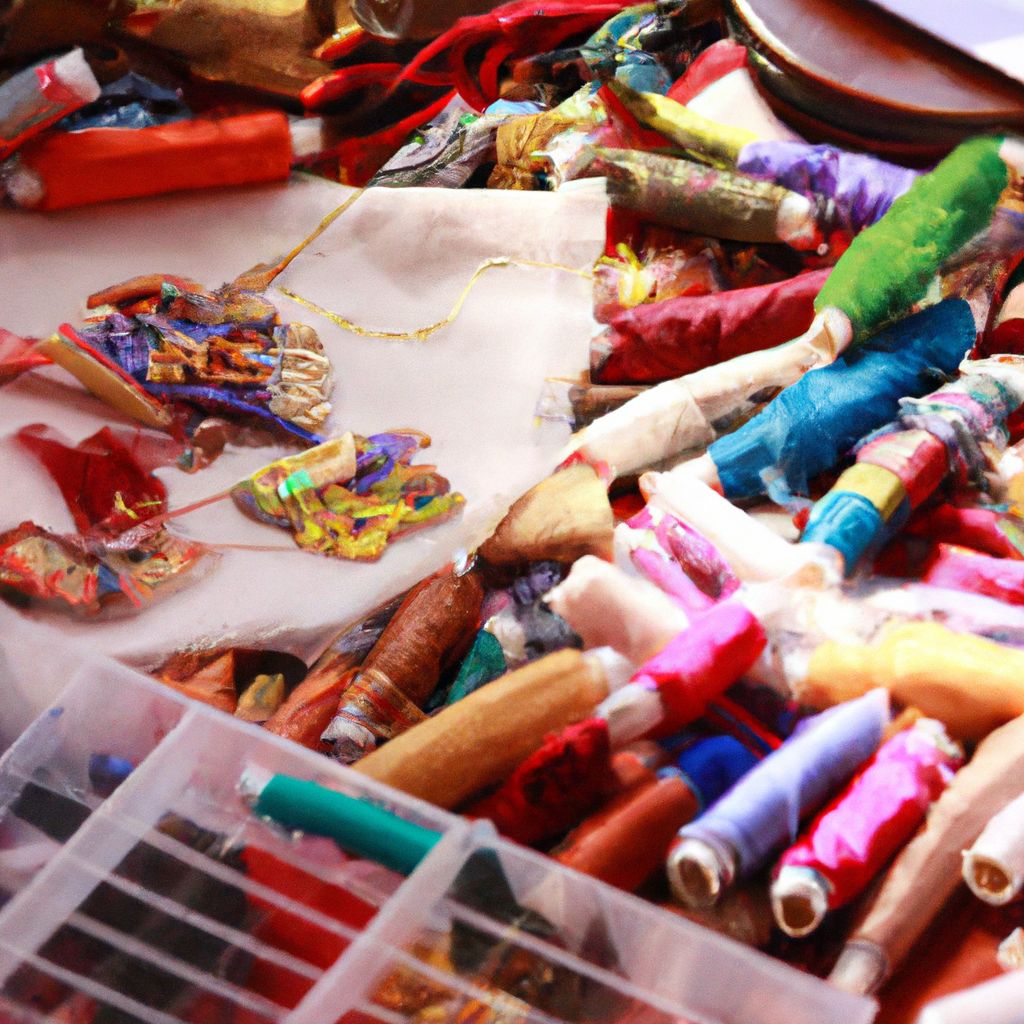
Embroidery is a timeless craft that involves creating decorative designs on fabric using needle and thread. This elegant art form has been practiced and perfected over centuries, and today, it remains a popular hobby and professional occupation across the globe. The magic of embroidery lies in its versatility, allowing artisans to transform simple materials into intricate, beautiful designs.
However, the success of any embroidery project is largely contingent upon the selection of the right tools and materials. Quality materials not only enhance the aesthetic appeal of the final output but also contribute to the longevity of the piece. The choice of embroidery tools can significantly impact the ease and speed of the process, as well as the precision of the design.
Using superior embroidery materials can also reduce the risk of thread breakage, needle damage, and fabric distortion, which can compromise the quality of your project. Therefore, understanding and selecting the right tools and materials for your embroidery project is a crucial step to ensure optimal outcomes.
Types of Embroidery Materials
There is a myriad of embroidery materials available in the market, each serving a distinct purpose. Let's take a look at some of these.
- 1. Embroidery Threads:
- These are the mainstay of any embroidery project. They come in various types like cotton, silk, rayon, polyester, and metallic. The thread type chosen can dramatically impact the texture and shine of the final design.
- 2. Embroidery Fabrics:
- The fabric forms the base of your embroidery. It should be carefully chosen based on the design's complexity and the thread type. Commonly used fabrics include cotton, linen, silk, and synthetic blends.
- 3. Embroidery Needles:
- These needles are specifically designed for embroidery, with a larger eye to accommodate thicker threads. The needle size should match the thread type and fabric weight.
- 4. Embroidery Hoops:
- These tools help to keep the fabric taut while embroidering, ensuring a smoother stitching process. They come in various sizes and materials, like wood, plastic, and metal.
- 5. Stabilizers:
- Stabilizers provide additional support to the fabric, helping to prevent distortion or puckering. The stabilizer type - cutaway, tearaway, or washaway - is chosen based on the fabric and design requirements.
- 6. Marking Tools:
- These tools help to transfer the design onto the fabric. They range from water-soluble pens to transfer papers and heat erasable pens.
The choice of these materials can significantly influence the quality and aesthetics of your embroidery project. Therefore, it is essential to understand their purpose and how to choose the right ones for your specific needs.
Choosing the Right Embroidery Thread
Choosing the right embroidery thread is perhaps one of the most crucial decisions in any embroidery project. The thread determines the texture, sheen, and durability of your design, impacting both the aesthetic and functional aspects of your work.
- 1. Cotton Thread:
- Cotton thread is a classic choice for embroidery, known for its matte finish and excellent durability. It comes in a variety of thicknesses, making it suitable for a wide range of projects. This type of thread is often used for traditional styles like cross-stitch and redwork embroidery.
- 2. Silk Thread:
- Silk thread offers an unmatched sheen and smoothness, adding a touch of luxury to any embroidery design. It is extremely fine and delicate, making it ideal for intricate detail work. However, it requires careful handling due to its fragility.
- 3. Rayon Thread:
- Rayon thread is known for its high luster and vibrant color range. It is often used for machine embroidery due to its smoothness and consistent performance. However, it lacks the durability of cotton and polyester threads, making it less suitable for items that require frequent washing.
- 4. Polyester Thread:
- Polyester thread combines the best of both worlds - the high shine of rayon and the durability of cotton. It is colorfast, resistant to bleach, and withstands frequent washing, making it a popular choice for items like clothing and home decor.
When choosing the type of thread, consider the project's requirements, including the desired finish, durability, and washing instructions. It's also crucial to test the thread on a small piece of your chosen fabric to ensure compatibility and desired results.
Selecting the Appropriate Fabric
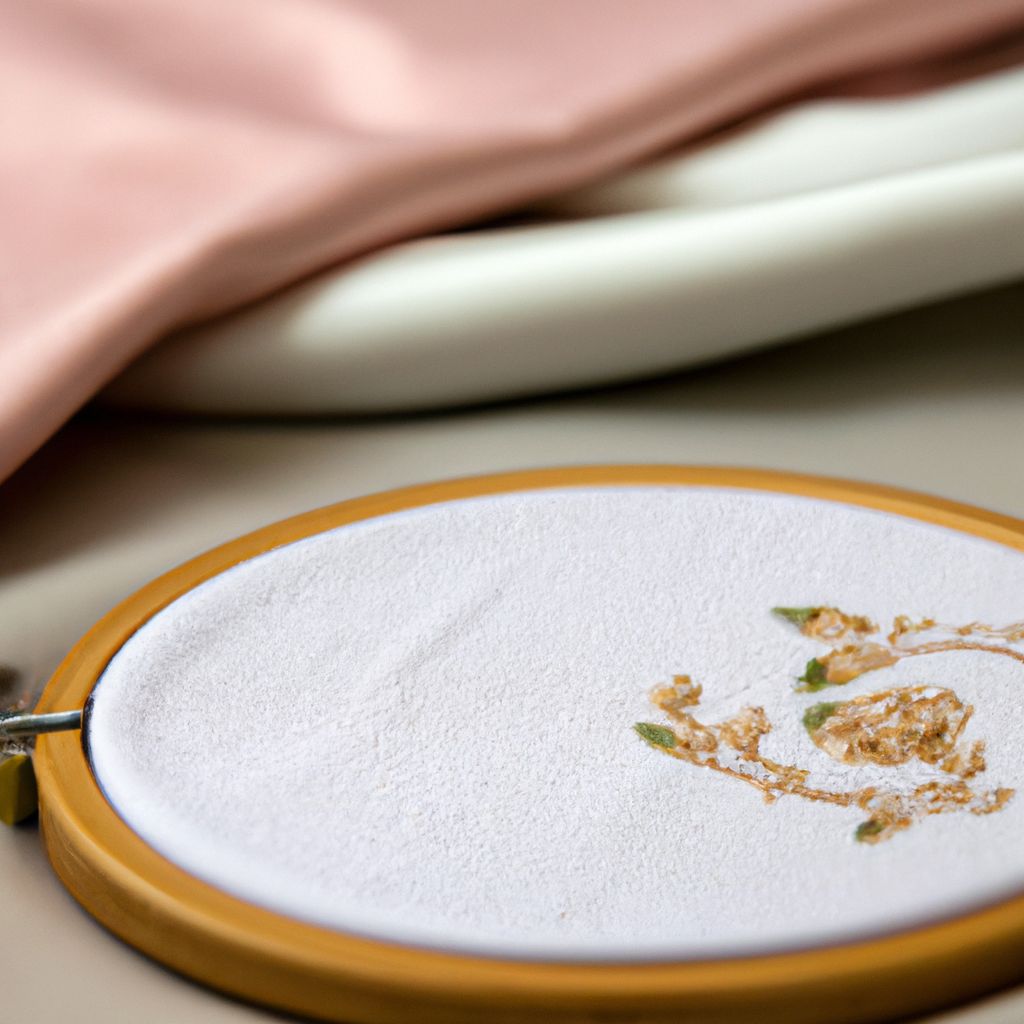
Choosing the right fabric for your embroidery project is just as important as selecting the correct thread. The fabric acts as the canvas for your design, and the right choice can enhance the overall look and feel of your project. Here's a rundown of some popular fabric choices in embroidery.
- 1. Linen:
- Linen is a preferred choice for many embroiderers due to its natural texture, durability, and versatility. It has a beautiful rustic charm and is ideal for both hand and machine embroidery.
- 2. Cotton:
- Cotton fabric is another popular choice, known for its softness, durability, and ease of handling. It's perfect for a wide range of embroidery styles, from traditional to contemporary.
- 3. Silk:
- Silk, with its luxurious sheen and smooth texture, is often used for high-end, delicate embroidery. It's ideal for detailed work, but it requires careful handling due to its delicate nature.
- 4. Aida Cloth:
- Aida cloth is a type of fabric designed specifically for cross-stitch embroidery. It has a unique, grid-like weave that makes counting stitches easier, making it perfect for beginners.
When choosing a fabric, you need to consider several factors. The type of embroidery technique, the complexity of the design, the purpose of the project, and the handling requirements are all aspects that should influence your choice. For example, if you're working on a detailed, intricate design, a smooth, tightly-woven fabric like silk might be the best choice. However, if you're new to embroidery and working on a simple cross-stitch project, Aida cloth could be your best bet.
Picking the Right Needle and Hoop
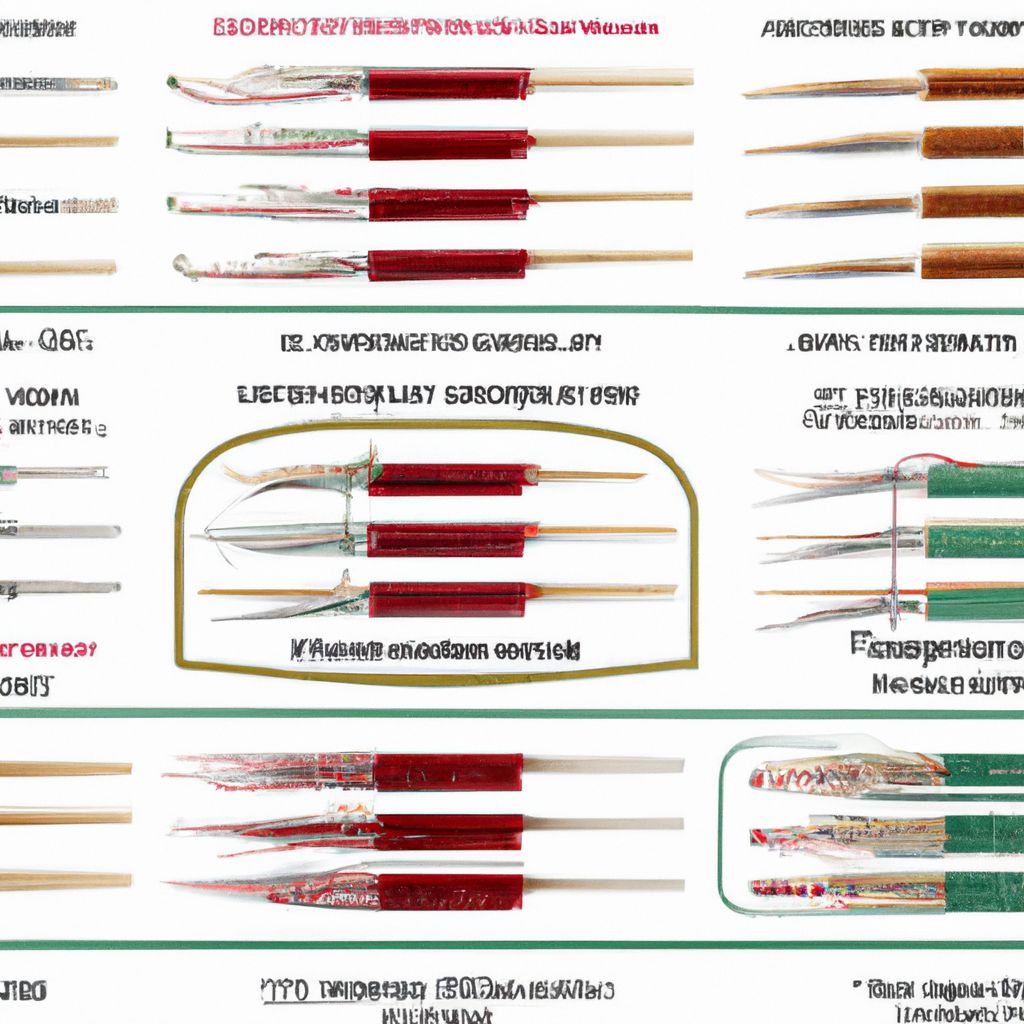
The right needle and hoop can make a world of difference in your embroidery project. They not only facilitate the stitching process but also affect the quality of the final design.
- 1. Embroidery Needles:
- Embroidery needles come in various types and sizes to accommodate different threads and fabrics. Sharps are general-purpose needles used for most embroidery projects. They have a sharp point and a long eye to make threading easier. Chenille needles, with their large, long eye and sharp point, are ideal for heavy or multiple strands of thread. Tapestry needles, with their blunt point and large eye, are perfect for counted-thread and canvas work where the needle must pass through existing stitches.
- 2. Embroidery Hoops:
- Embroidery hoops are used to hold the fabric taut while embroidering. They come in various sizes and materials. Generally, wood and bamboo hoops are favored for their durability and firm grip. The size of the hoop should fit comfortably in your hand and should be large enough to accommodate the entire design.
Choosing the right needle depends on the thickness of your thread and the fabric's weave. A fine needle is needed for thin threads and tightly woven fabric, while a larger needle is better for thick threads and loosely woven materials. As for the hoop, choose one that fits your design and feels comfortable in your hand. Remember, the hoop's function is to keep your fabric taut for even and consistent stitching. Therefore, it should grip the fabric securely without distorting the weave.
Other Essential Embroidery Tools
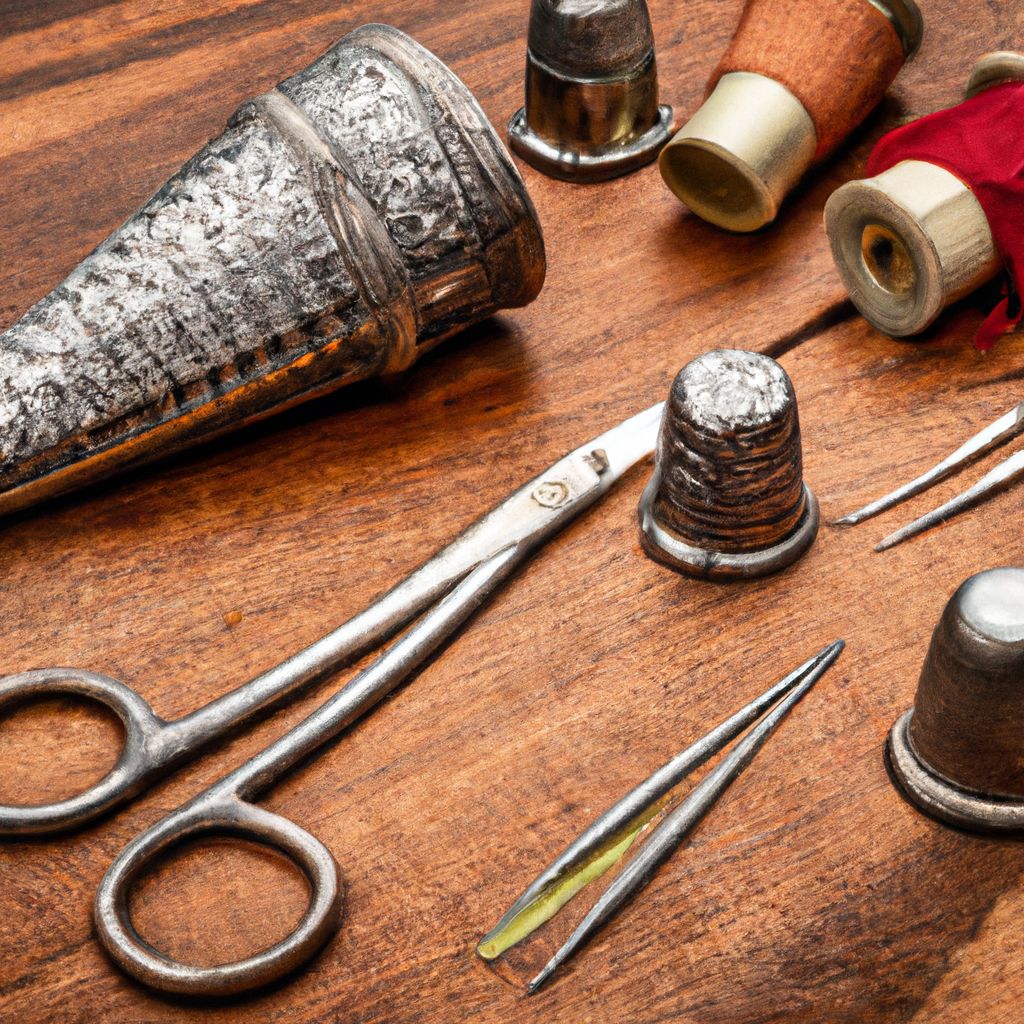
While needles, threads, and fabrics are the stars of the embroidery process, there are several other tools that play vital supporting roles. These tools help in the execution of a project from start to finish and make the process smoother and more efficient.
- 1. Scissors:
- Embroidery scissors are a must-have tool for any embroiderer. They come in various shapes and sizes, each designed for a specific task. Small, sharp-pointed scissors are perfect for snipping close to the fabric, while larger ones can be used for cutting fabric and threads. It's crucial to keep these scissors exclusively for embroidery to maintain their sharpness and precision.
- 2. Thimbles:
- A thimble is a classic embroidery tool that protects your finger from the needle's sharp point. It's especially useful when working with tough fabrics that require a bit of force to pierce. Thimbles come in various materials like metal, leather, and silicone, and the right choice depends on your comfort and the project's requirements.
- 3. Marking Tools:
- Marking tools help transfer your design onto the fabric. This can be a simple pencil for light-colored fabrics or specialized tools like water-soluble pens, chalk, and transfer paper for different fabric types and colors. Choosing the right marking tool can prevent unwanted marks on the final piece.
Investing in quality tools is essential as they can significantly influence your embroidery experience and the final product's quality. High-quality tools will not only last longer but also provide better results, making your embroidery journey more enjoyable and rewarding.
Buying Tips for Embroidery Materials
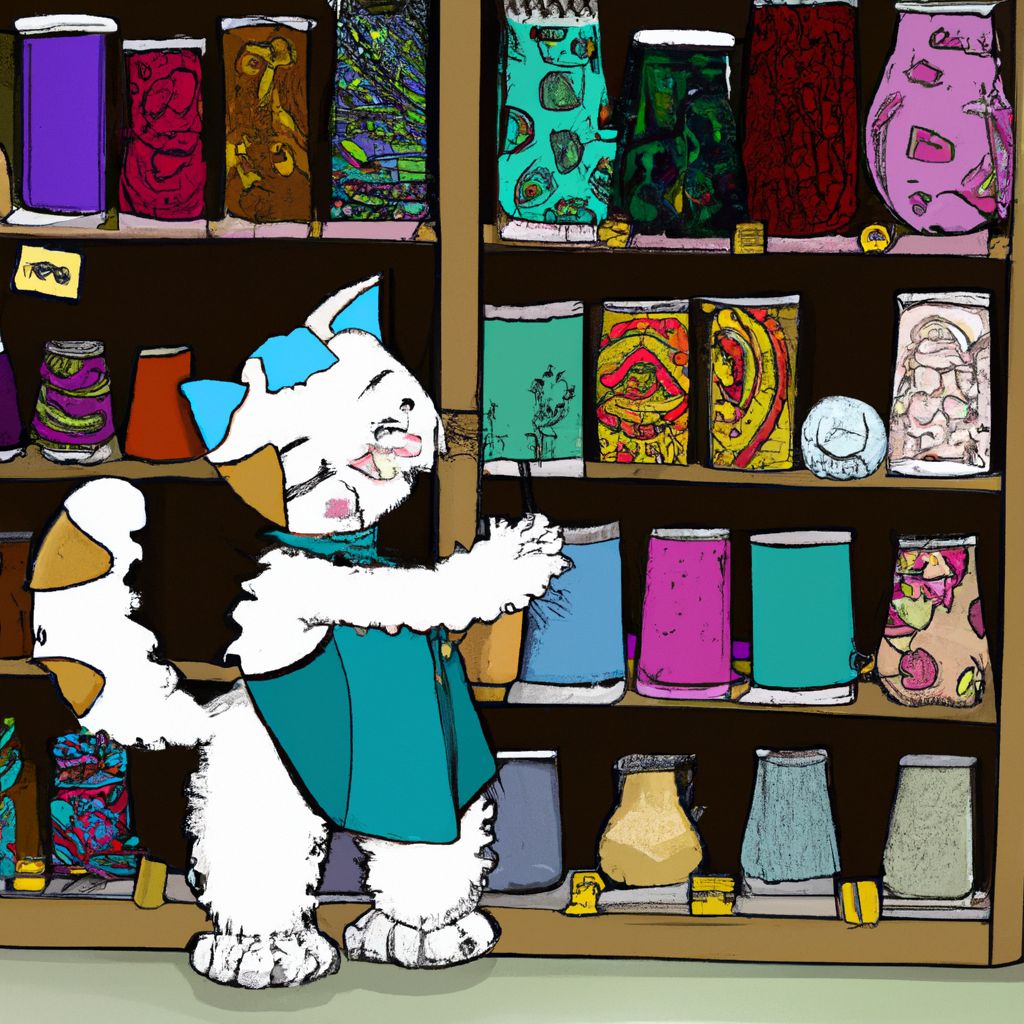
Buying embroidery materials can be as exciting as the embroidery process itself. However, it's vital to make informed choices to ensure the quality of your supplies. Here are some tips to help you make the right purchases.
- 1. Buy From Reputable Sources:
- Whether you're buying from a physical store or an online platform, make sure it's a reputable source. Established suppliers often have a broad range of high-quality products, and their reputation hinges on selling reliable goods. Plus, they can often provide knowledgeable advice on the best materials for your project.
- 2. Consider Online Shopping:
- Online shopping offers a wider variety of products than physical stores, especially for niche items. You can easily compare prices, read reviews, and have your items delivered to your doorstep. However, be sure to check return policies as colors and textures may appear different on-screen.
- 3. Read Reviews:
- Reviews can be a valuable source of information when buying embroidery materials. They give you insight into the product's quality, usability, and performance, helping you make an informed decision. Look for reviews from users who have worked on similar projects to yours.
- 4. Understand Your Project Requirements:
- Before buying, have a clear understanding of your project requirements. The type of fabric, thread, needle, and other tools will largely depend on the design, technique, and purpose of your embroidery project.
Remember, the quality of your embroidery materials can significantly impact your work's quality and your overall embroidery experience. Therefore, it's worth taking the time to research and invest in the best materials you can afford.
Conclusion: The Impact of Quality Materials on Your Embroidery
In conclusion, the quality of your embroidery work is deeply intertwined with the quality of the materials you use. The right thread can add depth and vibrancy to your design, while the appropriate fabric can provide the perfect canvas for your artistic expression. The correct needle can ensure smooth and precise stitches, and a sturdy hoop can maintain the fabric's tension for even stitching.
Investing in high-quality materials can elevate your embroidery from a simple craft to a piece of art. It enhances the overall look of the project, increases its lifespan, and makes the crafting process more enjoyable. As such, it’s worth spending a little extra to get the best materials your budget allows.
Remember, every embroidery project is a labor of love and patience. So why not give it the best? Let your creativity flourish with the right tools and materials, and watch as your embroidery work transforms into a masterpiece.



